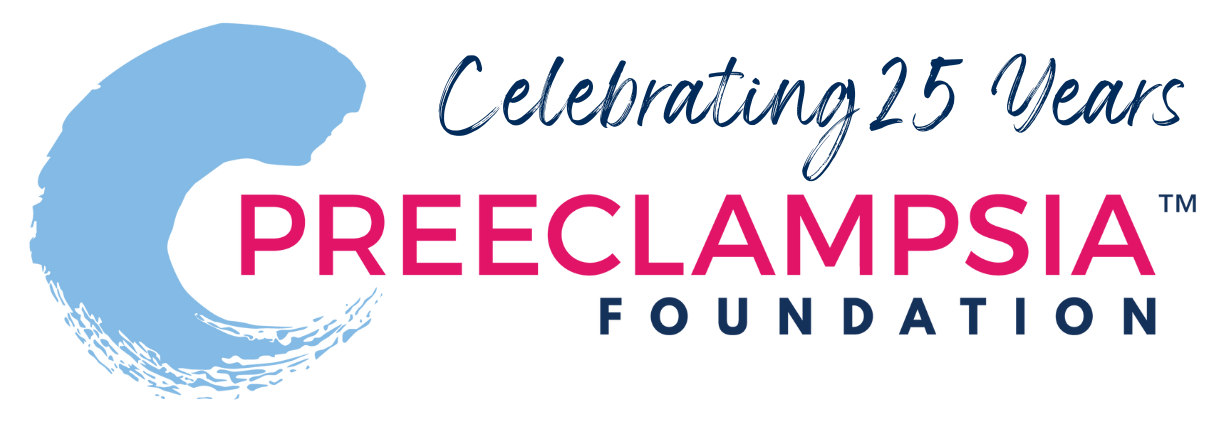
High blood pressure in pregnancy is on the rise, especially among Millennial and GenZ patients
Article Titles:
- Association of Birth Year of Pregnant Individuals With Trends in Hypertensive Disorders of Pregnancy in the United States, 1995-2019
- Trends in Hypertensive Disorders of Pregnancy in the United States From 1989 to 2020
Two articles were published this quarter that both provide updated statistics about trends in preeclampsia and hypertensive disorders of pregnancy in the United States. The first article was published by researchers using data available from the US National Vital Statistics System from 1989 through 2020 and included over 122,000,000 deliveries. In this study, researchers asked if there have been changes in rates of hypertensive disorders of pregnancy in the US. Results from this analysis showed the rate of hypertensive disorders of pregnancy increased from 2.8% in 1989 to 8.2% in 2020 in the United States. Researchers also showed that chronic hypertension (meaning, high blood pressure outside of pregnancy; one of the most significant risk factors for developing a hypertensive disorder of pregnancy) also increased and eclampsia decreased over the 30-year study time period.
The second article also used US National Vital Statistic System data, from 1995 until 2019. In this study, researchers asked a similar but different question: is there a link between year of delivery and rates of hypertensive disorders of pregnancy? This study used data from over 38,000,000 first-time pregnant patients who were 15-44 years old. The results showed that rate of hypertensive disorders of pregnancy among women delivering recently (between 2015 and 2019) was 59% as high as those delivering between 1995-1999. Comparing rates based on the birth year of the patient, researchers also showed that rate of hypertensive disorders of pregnancy among persons born between 1996-2004 was 261% as high as those born between 1951-1959.
While this may feel like scary news, there was one positive finding – there are less cases of eclampsia, or seizures caused by high blood pressure during pregnancy.
Take home message: Considered together, these studies show strong evidence for an increase in hypertensive disorders of pregnancy in the United States over the past 30 years, and that women born more recently (in the 1990’s and early 2000’s) had a doubled rate of hypertensive disorders of pregnancy compared to persons born in the 1950’s. This further suggests that women getting pregnant in the near future should control what risk factors they can, while monitoring for signs and symptoms of preeclampsia.
Links:
- https://jamanetwork.com/journals/jamanetworkopen/article-abstract/2795600
- https://pubmed.ncbi.nlm.nih.gov/35849460/
Citations:
- Cameron NA, Petito LC, Shah NS, Perak AM, Catov JM, Bello NA, Capewell S, O'Flaherty M, Lloyd-Jones DM, Greenland P, Grobman WA, Khan SS. Association of Birth Year of Pregnant Individuals With Trends in Hypertensive Disorders of Pregnancy in the United States, 1995-2019. JAMA Netw Open. 2022 Aug 1;5(8):e2228093. doi: 10.1001/jamanetworkopen.2022.28093. PMID: 36001318; PMCID: PMC9403773.
- Bruno AM, Allshouse AA, Metz TD, Theilen LH. Trends in Hypertensive Disorders of Pregnancy in the United States From 1989 to 2020. Obstet Gynecol. 2022 Jul 1;140(1):83-86. doi: 10.1097/AOG.0000000000004824. Epub 2022 Jun 7. PMID: 35849460.
About Research Roundup
Each quarter, our team of researchers reviews the most current studies related to hypertensive disorders of pregnancy and selects those studies they feel will be of greatest interest to our community to summarize.
Special thanks to our volunteer research team, who under the leadership of Dr. Elizabeth Sutton, make Research Roundup possible: Alisse Hauspurg, MD Felicia LeMoine, and MD Jenny Sones, PhD, DVM.
Related Articles

While the foundations of preeclampsia are believed to develop in the early stages of pregnancy, the current screening process occurs at 20 weeks, nearly half way through the second trimester. When cli...

Research suggests that preeclampsia may develop in a two-stage process. The first stage involves challenges to the way that the placenta implants and grows. In a normal pregnancy, a type of placental...

The risk of developing hypertension and cardiovascular disease (CVD) significantly increases for patients who experience gestational hypertension, preeclampsia, or other hypertensive disorders of preg...

Cerebral complications from preeclampsia and eclampsia are a major cause of maternal mortality and long-term neurological impact. Understanding pathophysiology (changes in how the body works as a resu...

A new research study suggests that blood pressure changes during the first 20 weeks of pregnancy—called blood pressure trajectories—may give providers a peek at a woman’s risk of dev...

